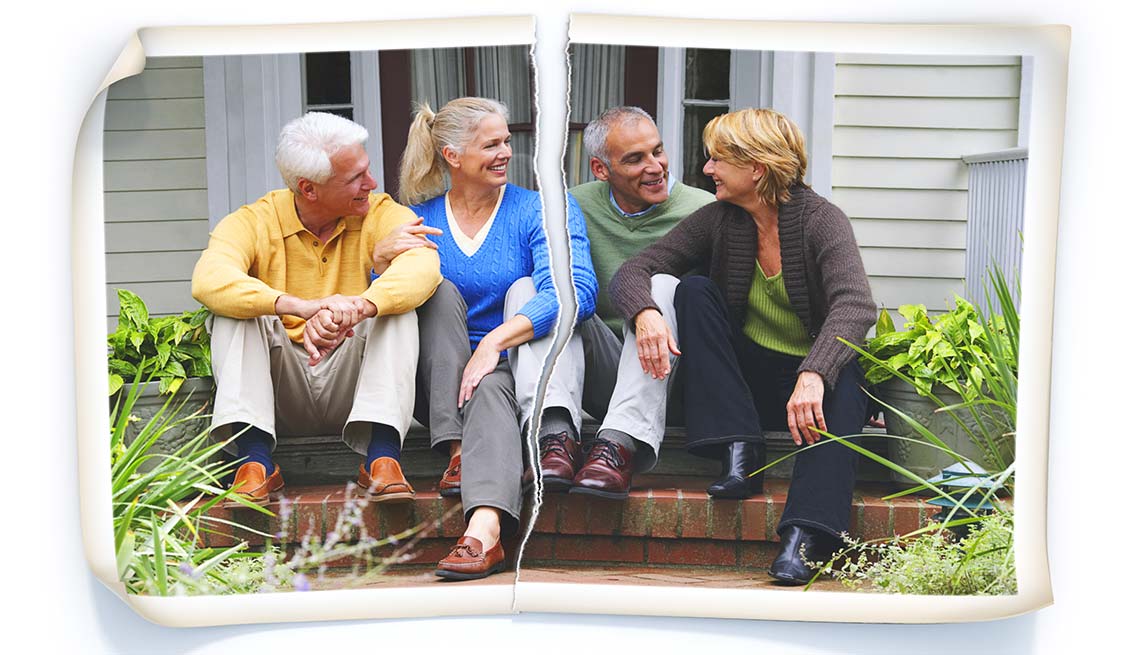
- Select a language for the TTS:
- UK English Female
- UK English Male
- US English Female
- US English Male
- Australian Female
- Australian Male
- Language selected: (auto detect) - EN
Play all audios:
“Desecration, violation, sacrosanct”, words used to denounce the Trump-inspired invasion of the Capitol in Washington, terms more usually expressing religious sentiment. The Council Chamber
where America’s elected representatives cowered as security officers drew their weapons was described in language suited to a secular Holy of Holies. The Capitol was the Temple of
Democracy, a sacred space where a civic religion was practised. This was not the capture of the radio station in a tin-pot dictatorship. It was something approaching blasphemy. Tom Holland,
in his much praised 2019 book _Dominion: The Making of the Western Mind, _charts the persistence of Christian ways of thinking up to and beyond the Enlightenment’s rejection of religion and
the triumph of secular scientific certainties. People still respect sacred national spaces, buildings, land and monuments. Think of the outrage when in 2010 a pop star’s son swung on the
Cenotaph. Just as the chancel of a church is separated from the nave, or in the Catholic Church before the Second Vatican Council, altar rails divided the sanctuary from the body of the
church, or in an Orthodox church the iconostasis divides priest-celebrants from the congregation, so are some secular buildings and monuments set apart. The idea of sacred space persists. If
a space is sacred, the corollary is that only people of a certain standing or condition can enter it and only for specific purposes: prayer and worship, national remembrance, law and
governance. Congregations feel the sacredness of space set apart in churches as if it diffuses outwards into the rest of the building demanding the special kinds of behaviour, and clothing,
appropriate to religious buildings. Similarly for national monuments, sombre black in proximity to the Cenotaph marks ceremonial occasions. When a Republican senator shouted “You lie” at
President Obama, speaking in 2009 to a joint session of Congress in the Capitol Council chamber, though his backers doubtless enjoyed it, the assembly’s reaction was “_not in this setting_”.
In secular Britain, quite passionate debates are sparked when churches or cathedrals are used for secular purposes. Classical music, including sung masses by famous composers, is
acceptable. I remember a deeply moving artwork in Chichester Cathedral depicting the Holocaust; it would have been hard to find a better place to display it. But what should we make of
cathedrals sporting a helter skelter, like Norwich, or an adventure mini-golf course, like Rochester? Defended as an innovative way to draw people in – and most visitors were willing to stop
and say, or listen to, the Lord’s Prayer — but greeted with derision by many, these experiments got a bad press. Vaccinating in Lichfield Cathedral, an ancient pilgrimage centre for the
sick, feels right. Healing and care for the vulnerable is part of the Christian story continuing in a modern secular form. And no one has laughed at the organ music accompanying the
vaccinations in Salisbury Cathedral. This use of church space as a hub for vaccinations seems to the public to be entirely appropriate. The sanctity of sacred space in Catholic churches is
intensified by the presence of the Eucharist in the tabernacle. In the Septuagint, an early translation of Hebrew Scriptures, the word for “tent” — via 3rd century BC _koine_ Greek —
becomes in Latin _tabernaculum_. So sacredness is directly linked to the presence of divinity as the place where God pitches a tent among us. A space to which only certain dedicated
individuals, priests and their assistants, should have access. By tradition all were men, a tradition enshrined in law. Section 230 of the Church’s legal code, Canon Law, allows laymen
called “acolytes” to assist the – male – priest during mass, read the scriptures, except the Gospel, and to distribute communion. In the absence of any mention of laywomen, any female
presence was deemed to be officially precluded by law. After the Second Vatican Council, a law honoured in the breach. That is until 11 January this year, when Pope Francis amended the
legal text to “lay persons”. As in all matters involving changes in Catholic worship, this amendment evoked a variety of responses. For some, it was another promising sign that the Pope was
cautiously edging the Vatican onto the nursery slopes of gender equality. For others, it was an underwhelming piece of catch-up. Women had for years been present in the sanctuary, happily
unaware of Canon 230, assisting the priest — who was supposed to have heard of it — by reading the lesson and, as Eucharistic ministers, distributing communion to those in church and to the
sick in their homes. The “mind of the Church” was way out in front of the mind of the Vatican. And contrariwise, some traditionalists saw the Pope’s intervention as yet another sign of the
damage done by the Second Vatican Council to the calm uniformity of the Catholic liturgy. Sacred spaces with their charge of solemnity can unexpectedly produce the exact opposite. A few
years ago a North London parish with a large congregation of African origin was delighted at news of a visit from a conservative African Cardinal. At this church women regularly did all that
Canon Law 230 implied they shouldn’t. The Cardinal let it be known that there were to be no women in the sanctuary when he said Mass or the visit would have to be cancelled. The priest in
charge pleaded for some tolerance of local practice and a negotiation followed. From it came the remarkable compromise that women could be in the sanctuary but they must not move, for
example to present the Cardinal with the Gospel, if he was able to see them. You might see it as an ecclesiastical variation on Nelson raising the telescope to his blind eye. As I said at
the time to the priest in charge, there was also an unfortunate similarity to the law controlling nudity in strip-clubs in the 1950s. But all concerned were appeased and the visit was
successful. The sense of the sacred is common to all cultures and goes back to the beginnings of human society. Secular scientific society has not killed it off. It is constitutive of
religion. The feeling for the sacred has carried over in varying degrees into contemporary western societies. So is any of this of more than passing anthropological interest? Well, yes. In
a world in which sacred trust in government is badly eroded and the pandemic has caused widespread anxiety and fear, we need to treasure our places of stillness, calm and symbolic meaning.
Whether it is around a national monument, such as the Capitol in Washington, or in an Anglican cathedral, sacred spaces, secular or religious, should be respected and cherished. A MESSAGE
FROM THEARTICLE _We are the only publication that’s committed to covering every angle. We have an important contribution to make, one that’s needed now more than ever, and we need your help
to continue publishing throughout the pandemic. So please, make a donation._








